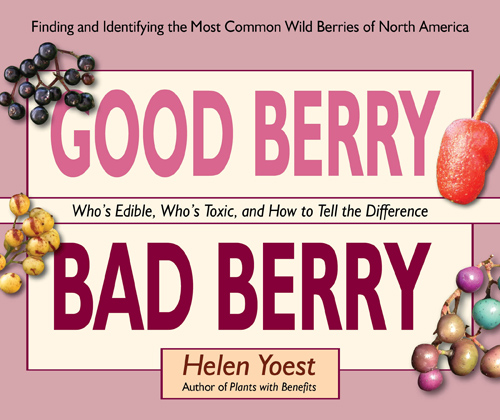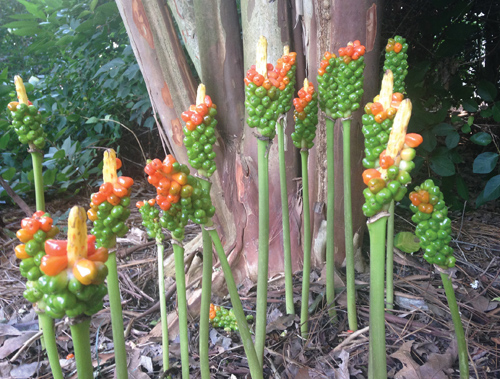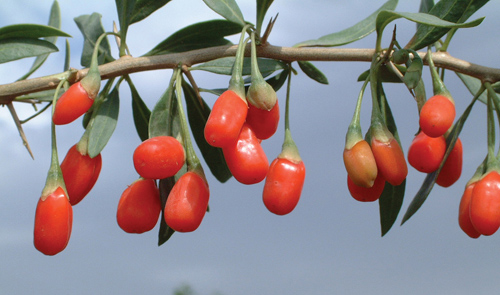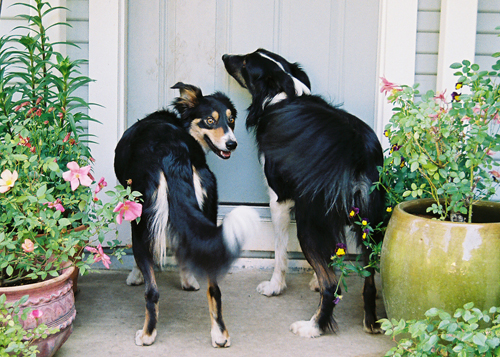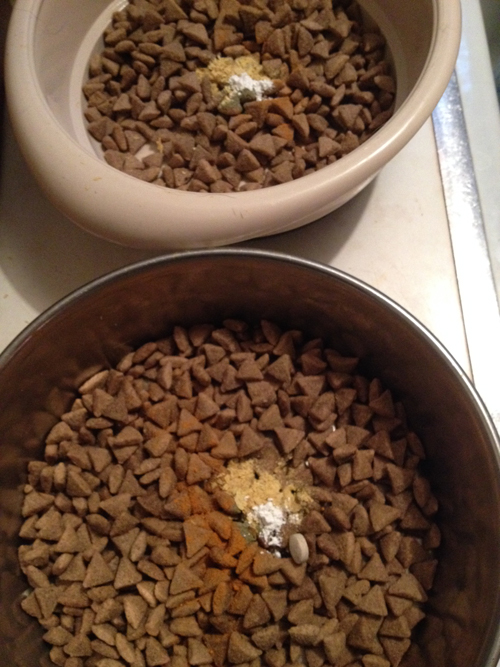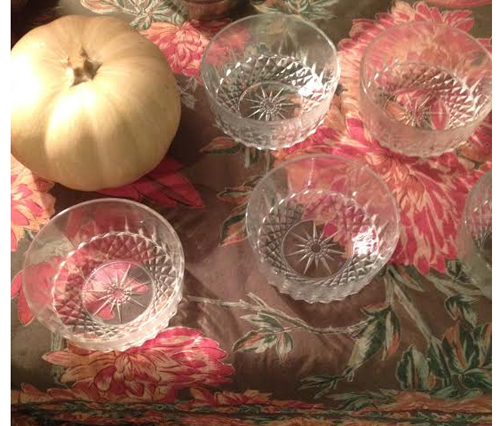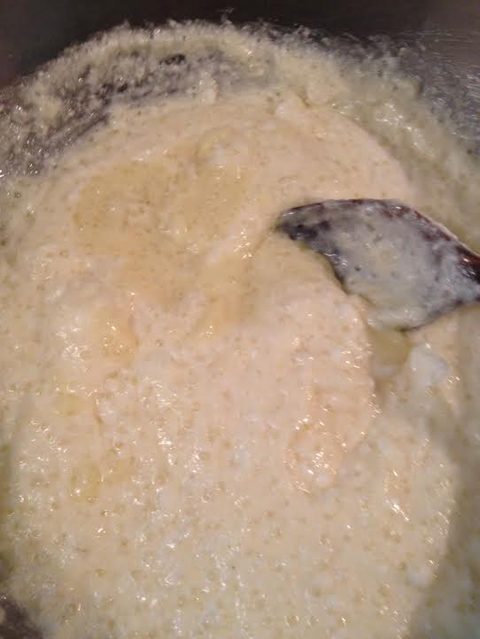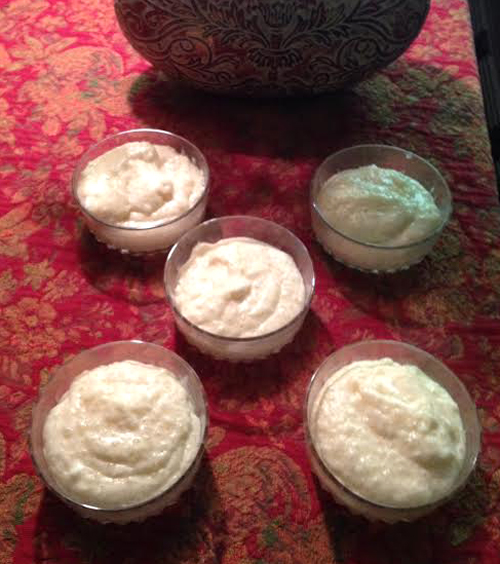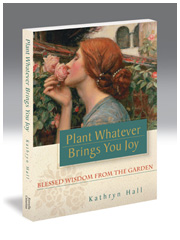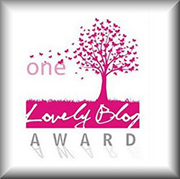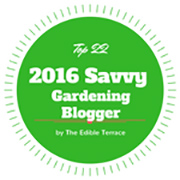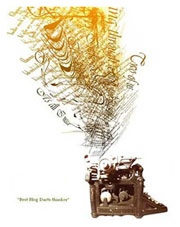Gardening author Helen Yoest lives in North Carolina (where I lived for two years), is a Pisces (like I am), and has a Border Collie named Pepper, whom she adores (as much as I love my Border Collies, Conner and Ruby). We also both love to garden! She is the author of several books, including Plants with Benefits, and her latest, which will undoubtedly end up in the reference section of every gardener’s library, Good Berry Bad Berry: Who’s Edible, Who’s Toxic, and How to Tell the Difference. (You want to buy it already, right?)
Good Berry Bad Berry is very well organized into sections–one for Bad Berries; one for Good Berries; one for Good Berries/Bad Idea; with Recipes, and Berries that Didn’t Make the List, arranged regionally, rounding out the book.
There are thirteen bad berries featured. Conveniently each berry is described by plant type, then details of its toxicity are highlighted, its season named, its flowers and leaves then described. A photo of each is included, so IDing will be easy even for a novice gardener or forager.
Here are two of the Bad Berries:
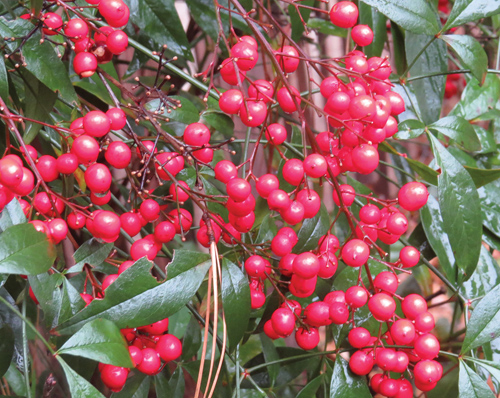
Heavenly Bamboo (Nandina domestica)
Heavenly Bamboo is found commonly in California, so I chose to highlight this one first. Helen assures us that while the berry is poisonous, the severity is very mild. I’m sure readers will be familiar with its tiny white flowers of late fall. It can grow anywhere from 4-8 feet tall and 2-4 feet wide. I had one that was exceeding its bounds and I dug it up, which was no small task, and I see it now has a little reminder growing nearby, so, not that easily gotten rid of. But I have seen it used beautifully in gardens where there was ample space. Let me know your experiences.
I must confess I chose this bad berry because it looks so much like Arum italicum which is my least favorite plant in my garden, as it is also poisonous. I had a very hefty vet bill after Conner played ball in it with a Border Collie friend who was visiting, called Learning the Hard Way–a cautionary tale on why it’s important to know what’s growing in our gardens! So it would take very little to convince me that Nippon Lily is not your best friend. I wonder what they share? Anyway, Nippon Lily induces nausea, the severity is mild, and its season is spring. It has leaves a foot long and two feet wide according to Helen. Here’s a picture of arum italicum, which only emphasizes why it’s important to have a good reference book like this one, as it would be so easy to confuse one berry for another.
Now on to some Good Berries! There are twenty listed in the book.
Pretty sure I’ve never seen a goji berry in my life, but I did recall that Chicago gardener/author Amanda Thomsen, of Kiss my Aster fame, was experimenting with them in her garden with mixed results. But it piqued my interest and I do love to grow berries. I have blackberries and raspberries and one lone strawberry that persists. I love them all. So maybe I will give them a go, though it sounds like they will be needing some serious space if they can bolt to 8-10 feet high in a single season! “Handling the green berries will turn them black.” Duly noted!
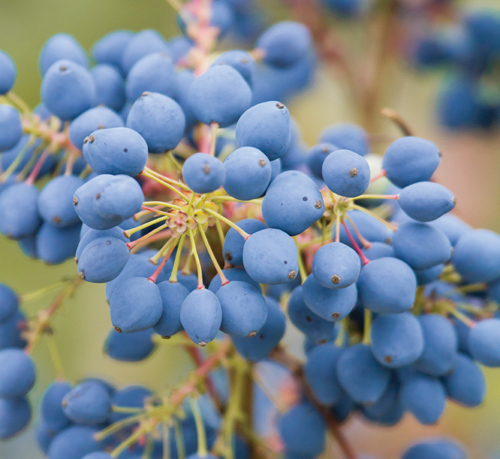
Oregon Grape (Mahonia aquifolium)
The Oregon Grape is native to the Pacific Northwest, so I’m anticipating that some of my subscribers will have these in their gardens and can share their stories. I’m reading they are sour when raw and best used in jams and jellies. They grow under the high canopies of pine and fir forests, in moist, organically rich, acidic soils. This makes me think Oregon is a perfect place, and I do believe I was introduced to them in the Van Couver area, years ago. Do you grow them?
I do hope you will check out Helen’s Good Berry Bad Berry. I see this as a lovely book to share with the children in your lives–to bring their awareness to the differences of various berries in our gardens, and to enhance our general appreciation of what else we might include in our gardens to deepen our connections and reap even more benefits.
Love and berry blessings,
Kathryn xoxoxo
Book News: Happy to share that The Edge in Minneapolis has included an excerpt from Plant Whatever Brings You Joy: Blessed Wisdom from the Garden in their March issue! Also, the very nice folks at Happy to Survive named this blog Plant Whatever Brings You Joy to their Top Blog list in 2016. Thank you!
Posted on February 22nd, 2016 by Kathryn
Filed under: Book Notes | 6 Comments »

